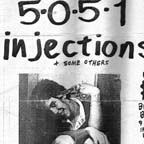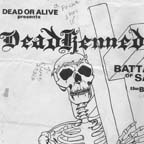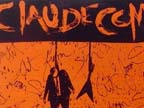(Excerpts from Ray Brandes' epic account of San Diego's first major-label band since Iron Butterfly. Read the full version in Che Underground's Related Bands section.)
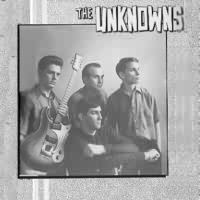 Anyone who had the opportunity to see the Unknowns play had an unforgettable experience. Crisp, staccato drumming and the dripping-wet reverberation of Mosrite guitars through Fender amplifiers was punctuated by the yips and howls of the legendary melodramatic lead singer, Bruce Joyner, who sang from a chair or aided by a cane, looking every bit like a down-home Barnabas Collins in search of fresh blood.
Anyone who had the opportunity to see the Unknowns play had an unforgettable experience. Crisp, staccato drumming and the dripping-wet reverberation of Mosrite guitars through Fender amplifiers was punctuated by the yips and howls of the legendary melodramatic lead singer, Bruce Joyner, who sang from a chair or aided by a cane, looking every bit like a down-home Barnabas Collins in search of fresh blood.
Their tight and powerful act upstaged every band with whom they played, including the Go-Gos, Madness, the Blasters, the Plimsouls, Wall Of Voodoo, the Romantics, Joe King Carrasco, Romeo Void, the Textones, the Suburban Lawns, Missing Persons and scores of others.
At times the band members themselves have lamented that their place amongst their peers seems to have been forgotten over the years, yet they were the first San Diego band signed to a major label since the Iron Butterfly in 1967. They were named one of the top four bands in California by the Los Angeles Times in the early ‘80s. They were the first band from the San Diego scene to perform live on a major syndicated television show, Peter Ivers’ “New Wave Theater,” which was picked up by Armed Forces Television and the USA Network’s “Night Flight.” And their Sire album “Dream Sequence” has sold nearly 100,000 copies to date.
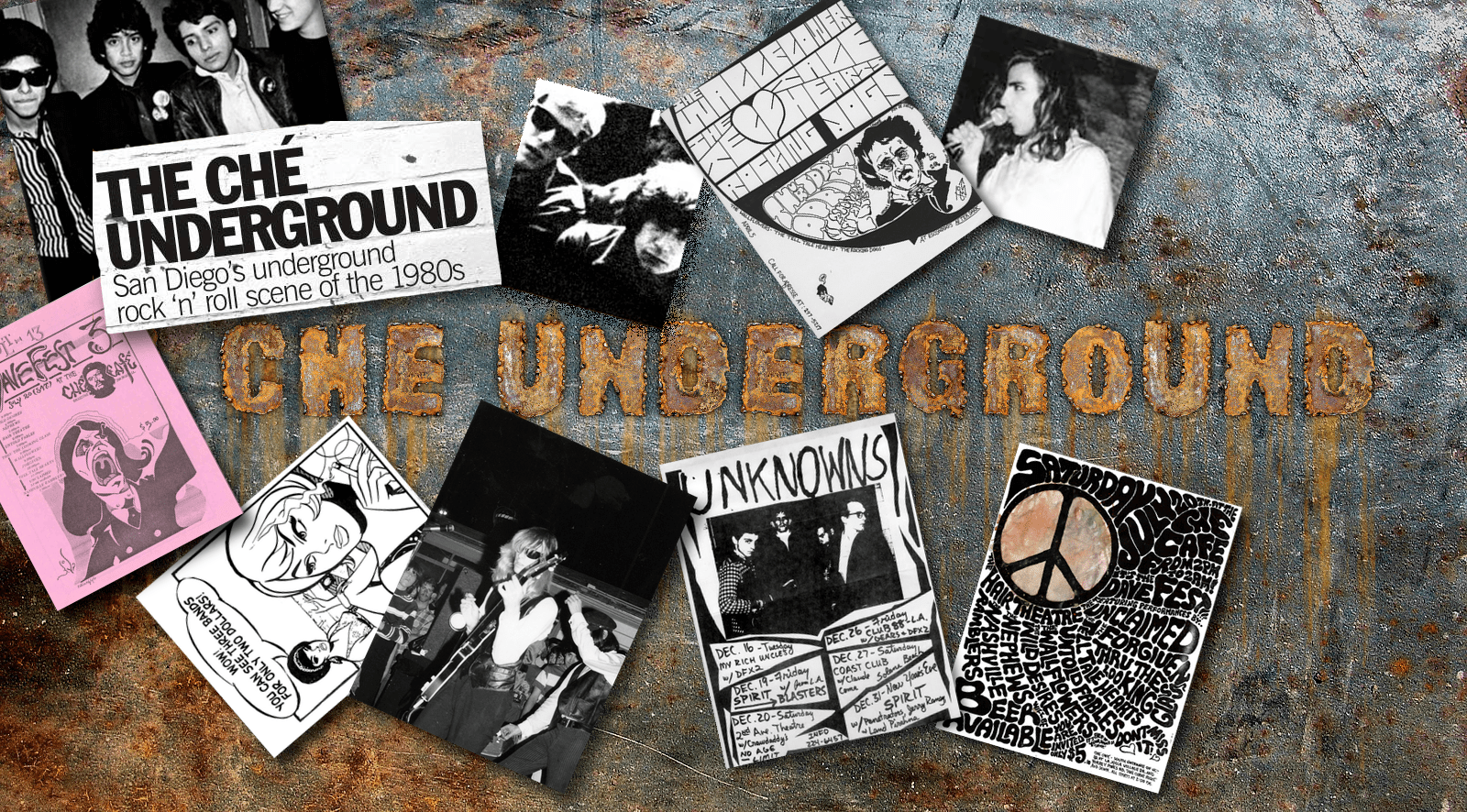
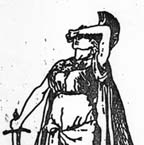
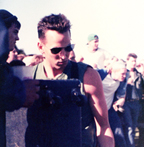
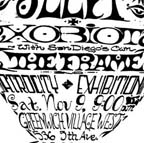
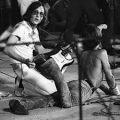 Everyone who grew up rocking to
Everyone who grew up rocking to 